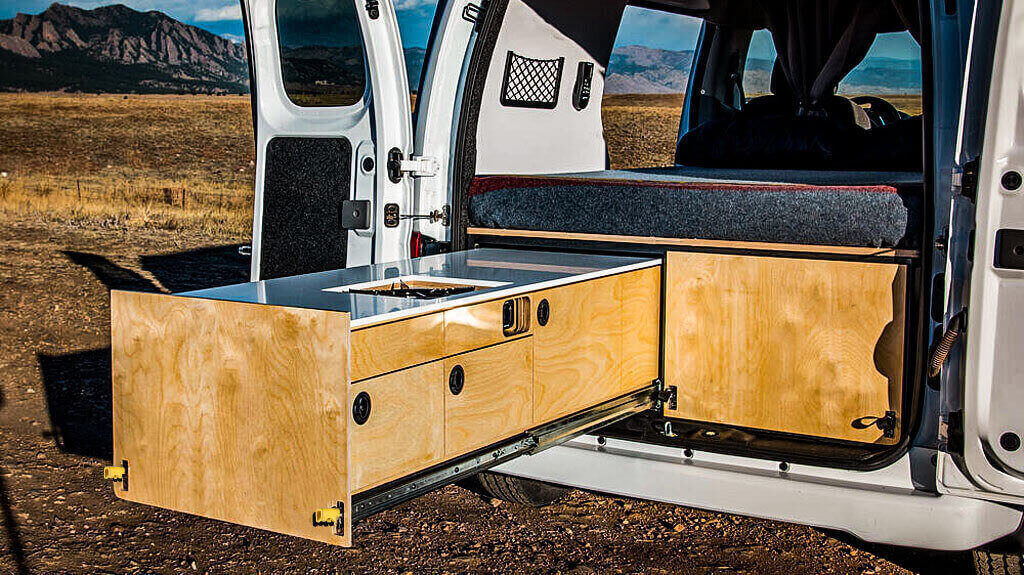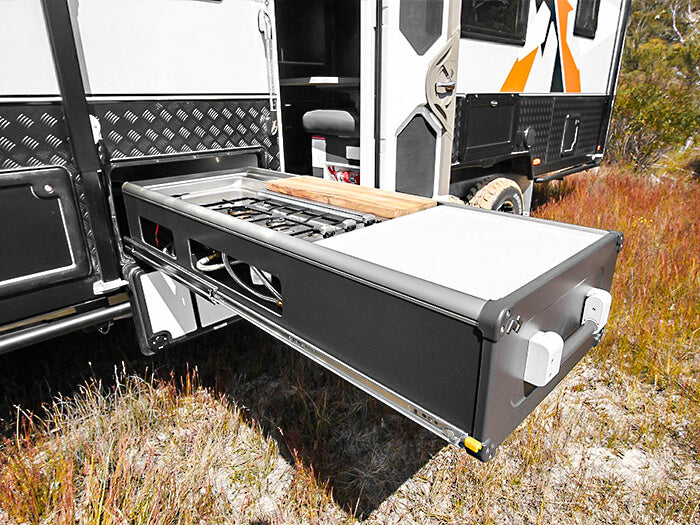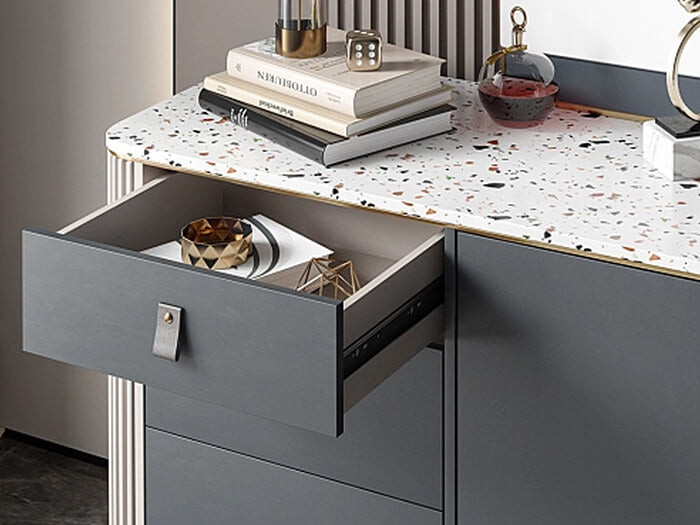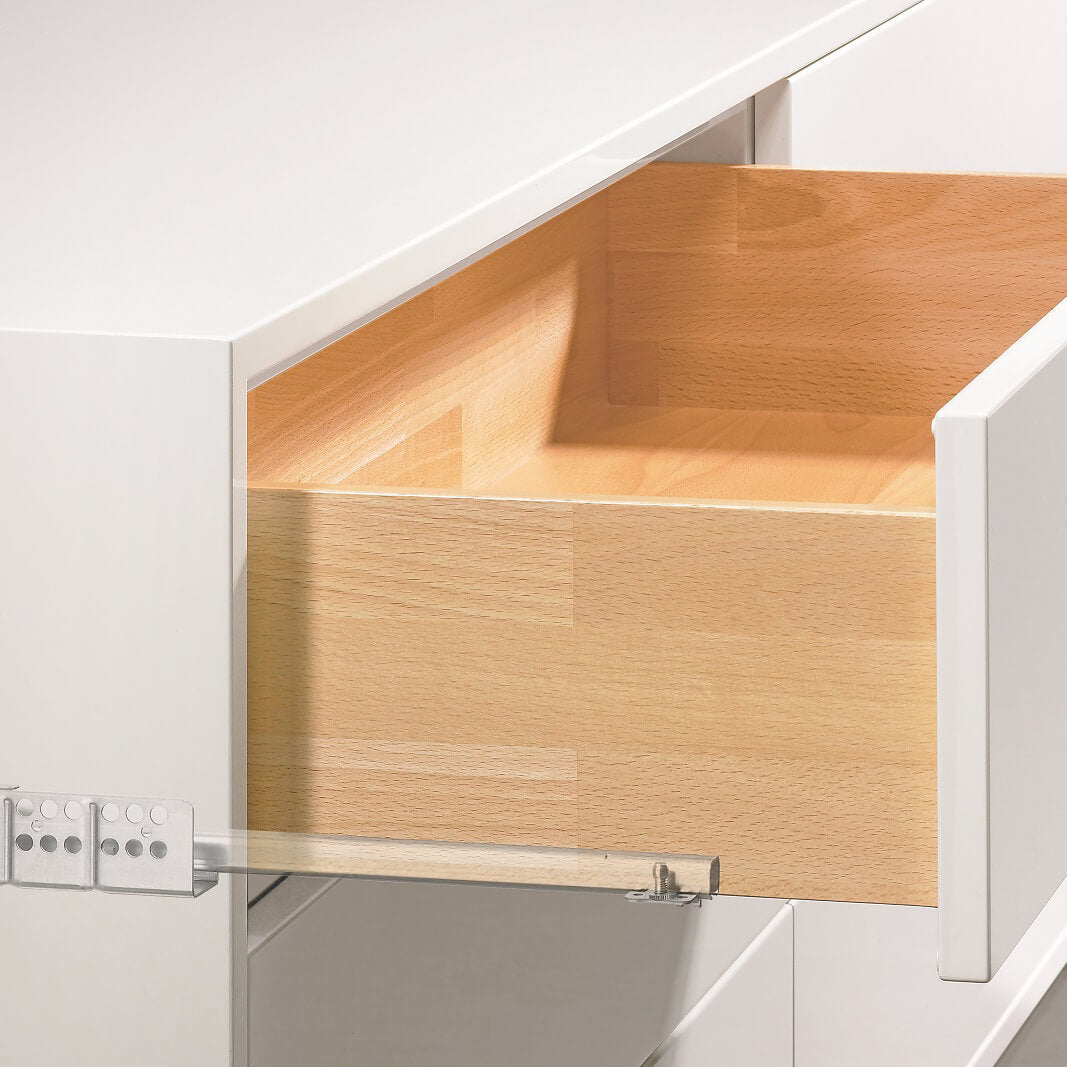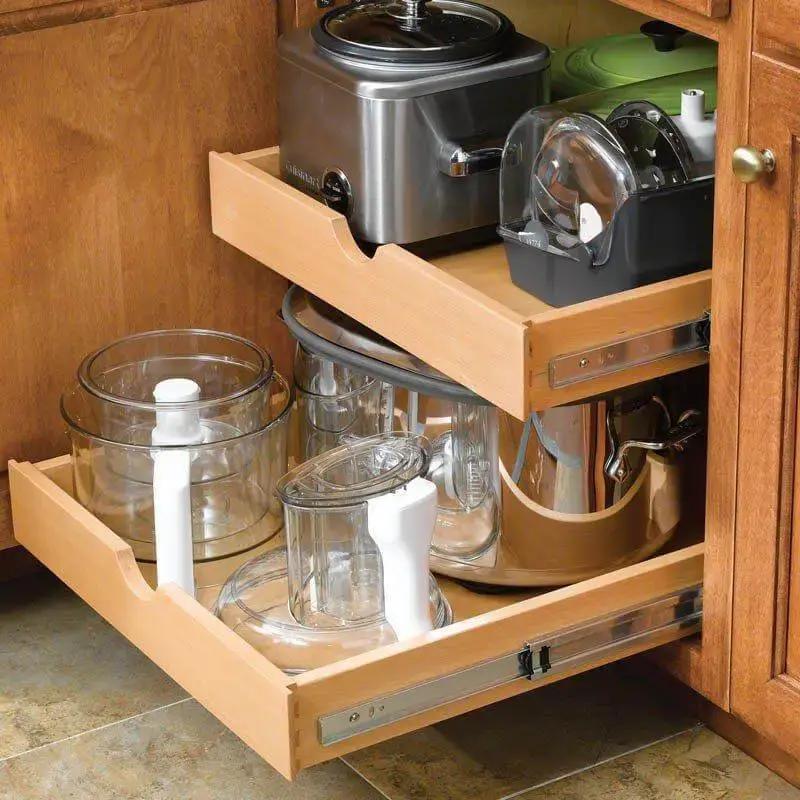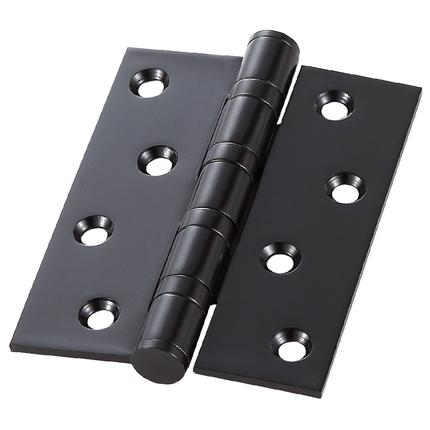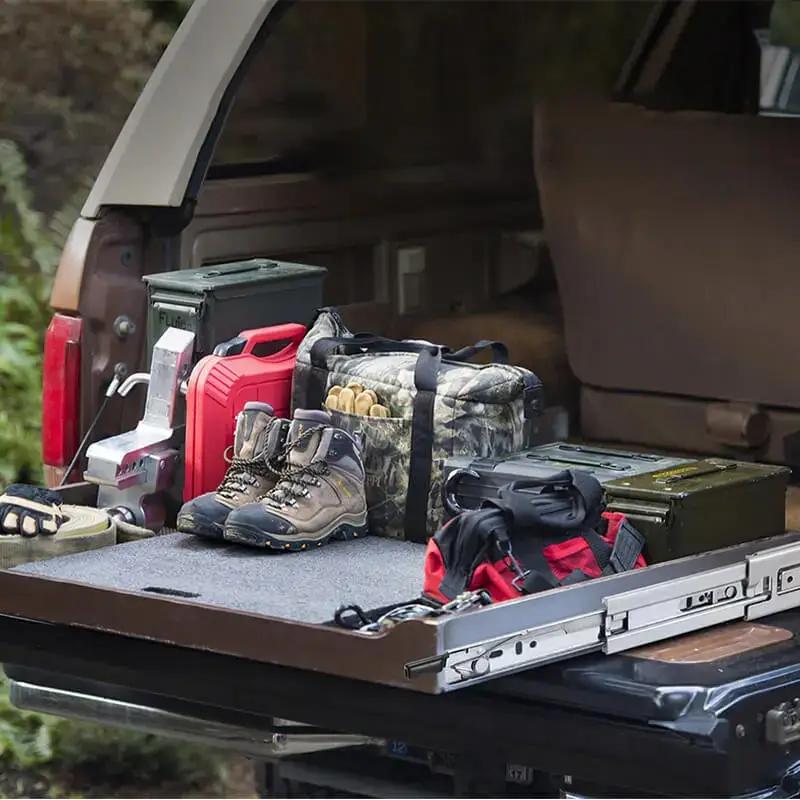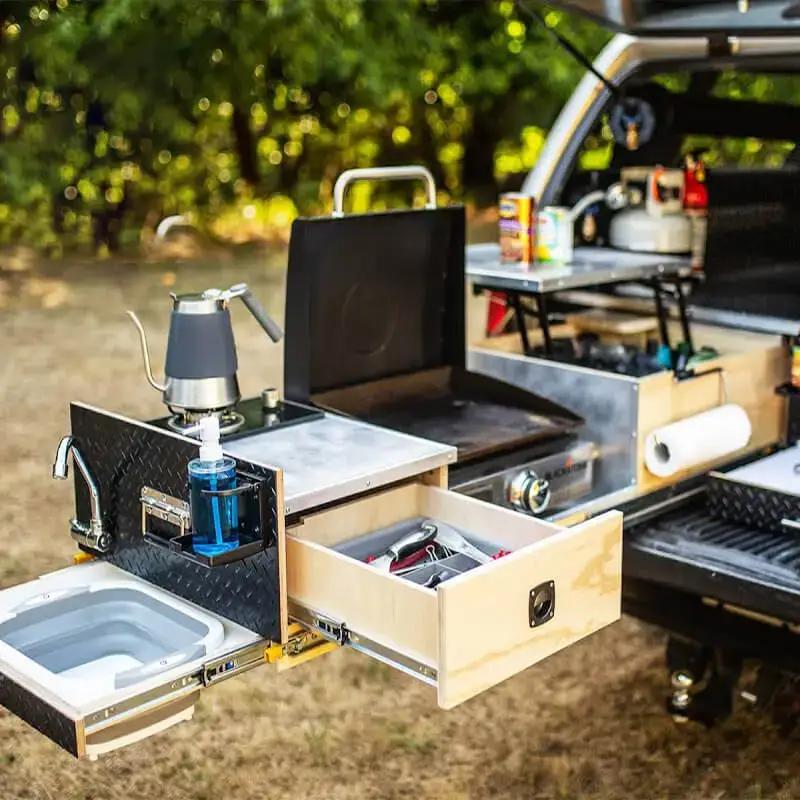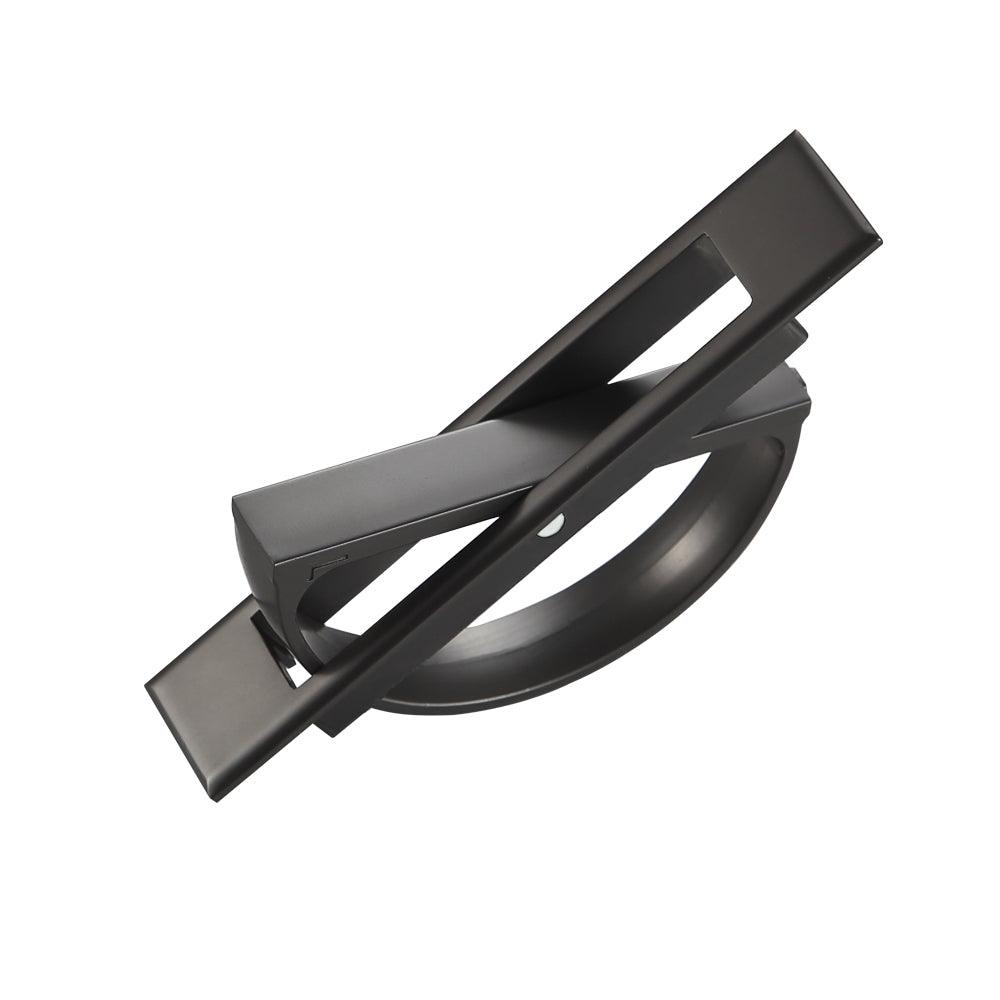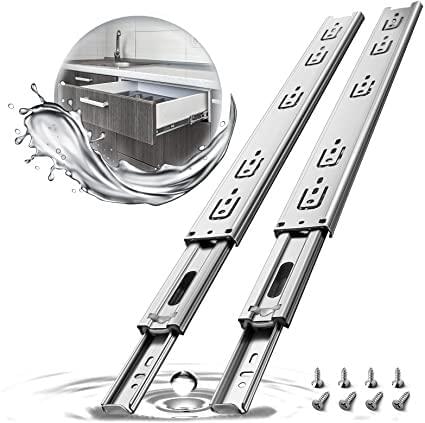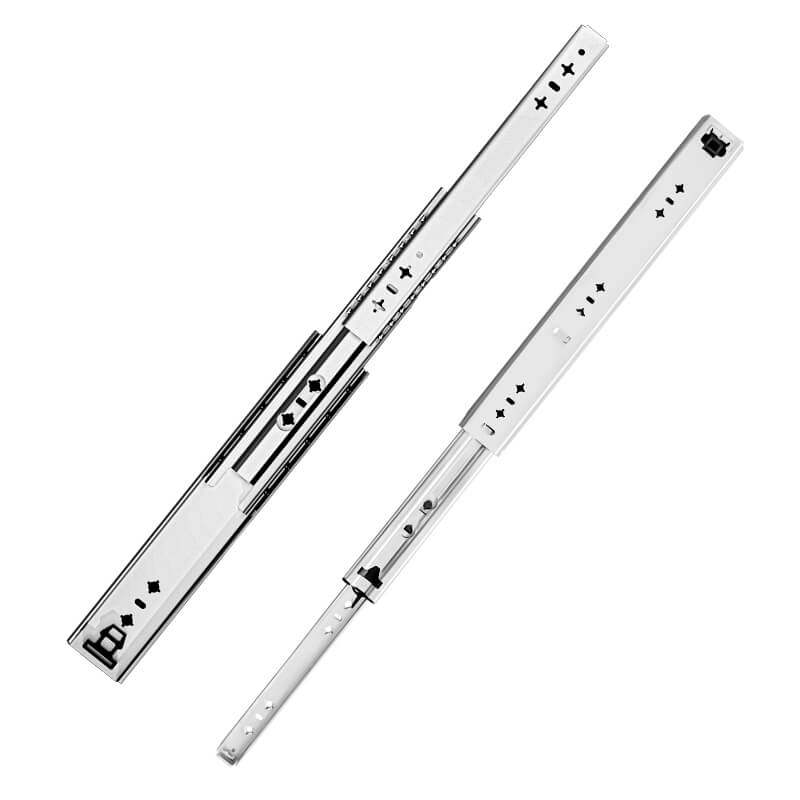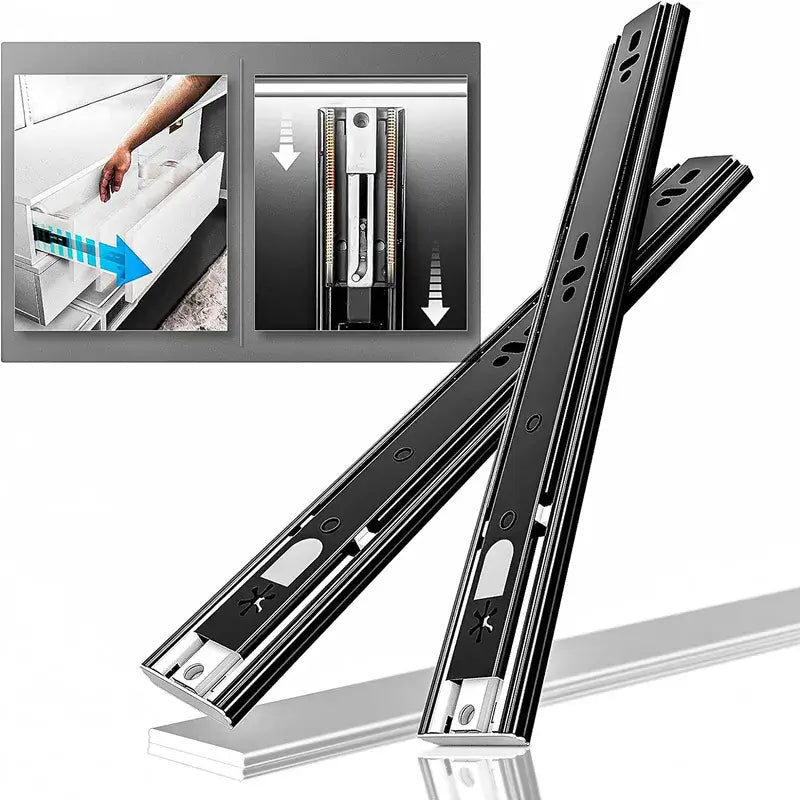Are you looking to optimize storage space and improve the functionality of your drawers? Railings for drawers are the key to achieving just that. In this comprehensive guide, we will explore the world of railings for drawers and provide you with valuable insights on how to choose and install the perfect railings for your needs. Discover the benefits, types, and installation techniques that will enhance not only the functionality but also the style of your drawers.
Understanding Railings for Drawer

What Are Railings for Drawer
Railings for drawers are structural components that provide support, guidance, and stability to your drawer systems. They act as the backbone of the drawers, ensuring smooth and secure operation. By preventing misalignment and guiding the movement of the drawers, railings play a crucial role in optimizing the functionality and longevity of your storage space. There are various types of railings available, each offering unique features and advantages
Benefits of Railings for Drawers
Railings for drawers offer a range of benefits that go beyond mere support. They enhance the overall functionality and user experience in several ways. Firstly, railings improve stability by keeping the drawers aligned and preventing them from tipping or tilting. This eliminates the frustration of dealing with misaligned drawers and ensures easy access to your stored items. Additionally, railings reduce noise by minimizing the movement and rattling of drawers, providing a quieter and more pleasant environment. Moreover, railings enhance the accessibility of your drawers, allowing smooth opening and closing motions and enabling you to make the most of your storage space.
Choosing the Perfect Railings for Drawers
Assessing Drawer Requirements
To choose the perfect railings for your drawers, it is essential to assess your specific requirements. Consider the dimensions of your drawers and the load capacity they need to support. Measure the length, width, and depth of the drawers to determine the appropriate size of railings. Additionally, evaluate the weight of the items you intend to store in the drawers and choose railings with a weight rating that exceeds that load capacity. Taking these factors into account will ensure that you select railings that provide optimal support and functionality.
Types of Railings for Drawers
Learn more about drawer rail types
There are several types of railings for drawers available in the market, each with its own set of features and advantages. Let's explore some popular options:
Ball-bearing slides: These railings use a ball-bearing system to facilitate smooth and effortless drawer movement. They offer excellent load-bearing capacity and are known for their durability and long-lasting performance.
Under-mount slides: Under-mount railings are concealed beneath the drawer, providing a sleek and minimalist appearance. They are popular for their smooth and silent operation, making them ideal for applications where quietness is a priority.
Side-mount slides: Side-mount railings are attached to the sides of the drawer and cabinet. They are versatile, easy to install, and offer reliable support for a wide range of drawer sizes and weights.
Consider the specific requirements of your drawers and choose the type of railings that best suit your needs in terms of functionality, aesthetics, and available space.
Material Selection
Railings for drawers are available in various materials, including Q235 cold rolled steel, stainless steel. Each material has its own strengths and characteristics. Q235 cold rolled steel railings are known for their exceptional strength and durability, making them suitable for heavy-duty
Consider the specific requirements of your drawers and the environment in which they will be used when selecting the material for railings. Ensure that the chosen material provides the necessary strength, durability, and resistance to meet your needs.
Understanding Weight Ratings and Load Capacit

In addition to the basic functionality, railings for drawers may offer additional features and accessories that can enhance the usability and convenience of your drawer system. These features can include soft-close mechanisms, which provide a gentle and controlled closing motion, preventing slamming and reducing wear and tear on the drawers. Disconnect levers can allow for easy removal of drawers, facilitating cleaning or reconfiguration. Brackets and mounting accessories are available for custom installations and specific requirements. Consider these optional features and accessories based on your preferences and the specific needs of your drawer system.
Installing Railings for Drawers
Installing railings for drawers is a crucial step in optimizing their functionality and stability. Follow these step-by-step instructions to ensure a successful installation process:
Preparing the Drawer and Cabinet
Start by removing the drawer from the cabinet. Empty the contents and set the drawer aside.
Clean the inside of the drawer and the cabinet to remove any dirt, dust, or debris that may interfere with the installation.
Measure and mark the desired positioning of the railings on both the drawer sides and the cabinet. Ensure accurate alignment and spacing for smooth operation.
Installing Side-Mount Railings
Attach the side-mount railings to the sides of the drawer. Line up the railings with the marked positions and use screws or mounting brackets to secure them in place.
Position the corresponding brackets or mounting hardware on the inside of the cabinet. Ensure they align with the railings on the drawer.
Secure the brackets or mounting hardware to the cabinet using screws or other provided fasteners.
Slide the drawer back into the cabinet, ensuring that the railings engage with the brackets or mounting hardware.
Test the drawer's movement to ensure it opens and closes smoothly without any obstructions or misalignment.
Properly installing railings for drawers is essential for maximizing their functionality and stability. Whether you opt for side-mount, under-mount mount railings,following the step-by-step instructions ensures a successful installation process. By taking the time to install railings correctly, you can enjoy drawers that operate smoothly, provide stability, and enhance the overall organization and functionality of your space.
Maintenance and Care for Railings
Taking proper care of railings for drawers is essential to ensure their optimal performance and longevity. Follow these maintenance tips to keep your railings in excellent condition:
Regular Cleaning and Lubrication
Periodically clean the railings and slides to remove any dirt, dust, or debris that may accumulate over time. Use a mild cleaner or a damp cloth to wipe the surfaces thoroughly.
Pay special attention to the areas where the railings come into contact with the brackets or mounting hardware, as these can be prone to buildup.After cleaning, dry the railings thoroughly to prevent moisture-related issues.
Lubricate the railings and slides regularly to ensure smooth and friction-free movement. Use a lubricant specifically designed for drawer slides, applying it to the contact points and moving parts.
Inspecting and Adjusting
Regularly inspect the railings and slides for any signs of wear, damage, or misalignment. Look for loose screws, bent components, or excessive friction.
If you notice any issues, tighten loose screws or replace damaged components promptly to maintain the integrity of the railings.
Adjust the railings if necessary to ensure proper alignment and smooth operation. Follow the manufacturer's instructions for making adjustments, such as tightening or loosening screws or brackets.
Troubleshooting Common Issues
Sticking Drawers: If you experience drawers that stick or have difficulty opening and closing smoothly, check for any obstructions or debris that may be causing the issue. Remove any foreign objects and clean the railings and slides. Lubricate them to improve movement.
Misalignment: If drawers become misaligned and do not close properly, check if the railings or brackets have shifted. Adjust them to align the drawers correctly. If the issue persists, inspect for any damaged components that may require replacement.
Unusual Noises: If you hear squeaking or grinding noises when opening or closing drawers, it may indicate a lack of lubrication. Apply a suitable lubricant to the railings and slides to reduce friction and eliminate the noise.
Regular Maintenance Schedule

Create a regular maintenance schedule for your railings. The frequency of cleaning and lubrication depends on the usage and environment. However, a general guideline is to clean and lubricate the railings every six months or as needed. Regular inspections should be performed during this maintenance routine to identify any potential issues early on.
By following these maintenance practices and promptly addressing any issues, you can prolong the lifespan of your railings for drawers, ensuring smooth and trouble-free operation for years to come.
Troubleshooting Common Issues
Even with proper installation and maintenance, drawers with railings may encounter common issues. Here are some troubleshooting tips to help you address these problems effectively:
Sticking Drawers
Check for Obstructions: Inspect the drawer and railings for any objects or debris that may be obstructing the smooth movement. Remove any obstructions, such as loose screws, small items, or excessive dust.
Clean and Lubricate: Clean the railings and slides thoroughly to remove dirt or residue that may cause sticking. Apply a suitable lubricant designed for drawer slides to ensure smooth gliding. Move the drawer back and forth a few times to distribute the lubricant evenly.
Adjust Railings: If the sticking issue persists, check if the railings are properly aligned. Tighten any loose screws or adjust the railings' position to ensure they are parallel and level. Test the drawer's movement to see if the sticking problem has been resolved.
Misalignment
Check Mounting Hardware: Examine the brackets or mounting hardware that secure the railings to the drawer and cabinet. Ensure they are securely tightened and properly aligned. Adjust the hardware if necessary to align the railings correctly.
Inspect Railings: Check the railings for any signs of bending, warping, or damage that may cause misalignment. If you notice any issues, replace the affected railing or contact the manufacturer for assistance.Reinstall the Drawer: If misalignment persists, remove the drawer and reinstall it, ensuring that it aligns properly with the railings. Test the drawer's movement to see if it operates smoothly without any misalignment.
Uneven Closing or Opening
Level the Drawer: If the drawer doesn't close or open evenly, check if it is level. Adjust the railings or mounting hardware to ensure the drawer sits evenly when closed.
Balance the Load: Uneven weight distribution within the drawer can also cause it to close or open unevenly. Ensure that the contents of the drawer are evenly distributed to maintain balance.
Check for Damaged Components: Inspect the railings, brackets, and mounting hardware for any signs of damage. Replace any damaged components to restore proper functioning.
Excessive Noise
Lubrication: If you hear squeaking or grinding noises when operating the drawer, lubrication is often the solution. Apply a lubricant specifically designed for drawer slides to the railings and slides to reduce friction and eliminate the noise.Tighten Screws: Loose screws can also contribute to excessive noise. Check all screws and fasteners and tighten them as needed to ensure a secure fit.
If you encounter persistent issues or if the troubleshooting steps do not resolve the problem, it is recommended to consult the manufacturer or seek assistance from a professional to address the specific issue with your railings for drawers.
Frequently Asked Questions

Here are answers to some frequently asked questions about railings for drawers:
What Are Railings for Drawers?
Railings for drawers, also known as drawer slides, are mechanical devices that allow drawers to open and close smoothly within cabinets or furniture. They provide stability, support, and controlled movement for easy access to drawer contents.
What Types of Railings Are Available for Drawers?
There are several types of railings for drawers, including side-mount railings, under mount railings. Each type has its own installation method and specific application.
What Are the Benefits of Using Railings for Drawers?
Railings for drawers offer numerous benefits, such as improved accessibility, enhanced organization, and increased durability. They ensure smooth and quiet drawer operation, prevent sagging or misalignment, and provide support for heavy loads.
How Do I Choose the Right Railings for My Drawers?
When selecting railings for drawers, consider factors such as the weight capacity, material, installation method, and desired features like soft-close mechanisms or disconnect levers. Assess your specific needs and consult product specifications or seek professional advice to make an informed decision.
How Do I Install Railings for Drawers?
The installation process varies depending on the type of railings. Side-mount railings attach to the sides of the drawer and cabinet, under-mount railings are installed beneath the drawer. Follow the manufacturer's instructions and ensure proper alignment for a successful installation.
How Do I Maintain and Care for Railings for Drawers?
Regular cleaning and lubrication are essential for maintaining railings. Clean them periodically to remove dirt and debris, and apply a lubricant designed for drawer slides to ensure smooth operation. Inspect for any wear or damage and make necessary adjustments or replacements as needed.
What Should I Do if My Drawers Stick or Misalign?
If drawers stick or misalign, first check for obstructions or debris. Clean the railings and slides, and lubricate them if necessary. Ensure proper alignment of the railings and adjust any loose screws or components. If issues persist, consult the manufacturer or seek professional assistance.
Can I Retrofit Existing Drawers With Railings?
In many cases, existing drawers can be retrofitted with railings. However, the feasibility depends on the design and structure of the drawer and cabinet. Consult with a professional or consider retrofitting kits specifically designed for adding railings to existing drawers.
Are Railings for Drawers Suitable for Heavy-Duty Applications?
Yes, railings for drawers come in various weight capacities, including heavy-duty options. When selecting railings for heavy-duty applications, consider weight ratings, material strength, and durability to ensure they can handle the required load.
Can I Install Railings for Drawers Myself, or Do I Need Professional Help?
The installation of railings for drawers can typically be done as a do-it-yourself project. However, if you are unsure or lack experience, it may be advisable to seek professional assistance to ensure proper installation and functionality.
Conclusion
Recap of the key points discussed in the blog post
Encouragement to select the right railings for drawers to enhance functionality, organization, and style in any space
Emphasis on the importance of proper installation and maintenance to ensure long-lasting performance and satisfaction.
Remember, if you have specific questions or concerns about railings for drawers,consult the manufacturer's instructions or It is recommended that you seek professional help for accurate and detailed information.

